What is the correct way to wash soft toys in the washing machine?
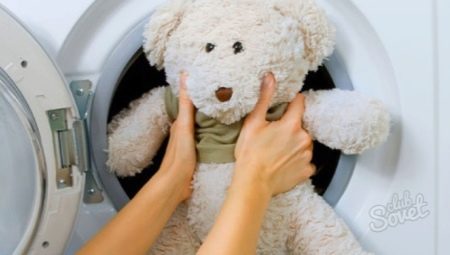
When choosing another children's toy, it is important to take care of its safety, beautiful appearance and ease of maintenance. Each bear, bunny, puppy and other plush representatives of the animal kingdom, which are so dear and important to a child, must be cleaned at regular intervals. Soft toys often "sleep" in the bed of their little owner after accompanying him on an active walk or to kindergarten. These faithful friends travel with the baby anytime, anywhere, so they need to be cleaned about once every couple of weeks. In case of illness in children unplanned disinfection becomes a mandatory part of the management of recovery.
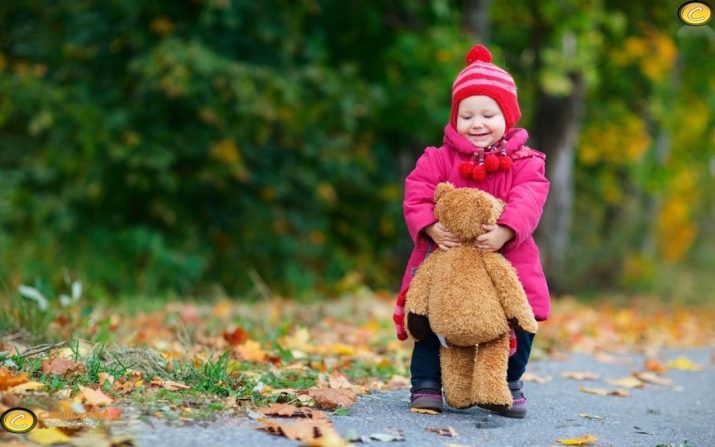
Handwash
The best approach to plush toys is a gentle hand wash. In this way, products are cleaned, including the following overlay elements:
- eyes;
- nose;
- sequins;
- pebbles.
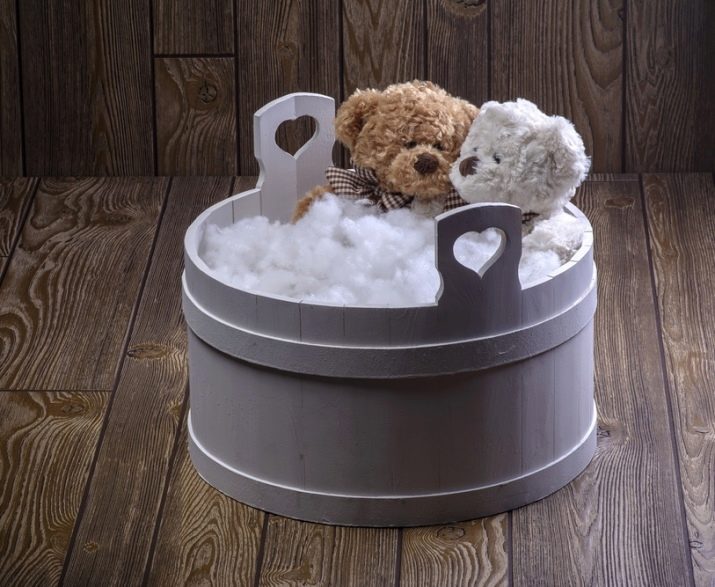
If the toy contains sawdust, feathers, buckwheat husks or balls, it is cleaned without washing. This is also true for large-sized toys, which are too large to fit in the drum of a washing machine.
It is recommended to check the label of the toy: it usually contains all the information you need about the wash, including temperature, type and drying. Some types of material do not even withstand a gentle regime.
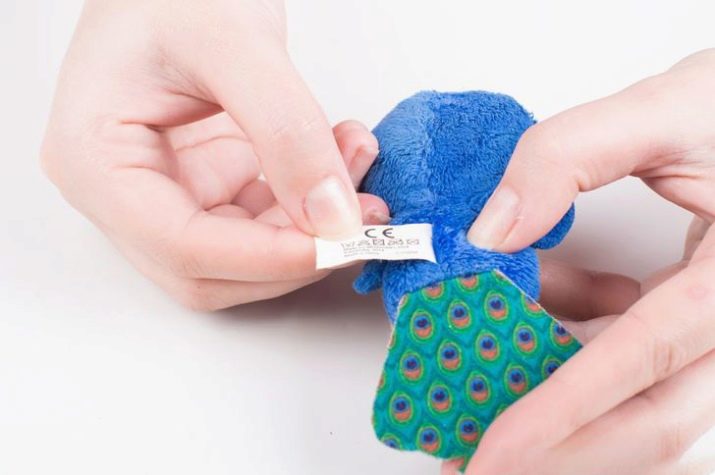
Before starting the process, you should get a soft brush or thick cloth that is suitable for sufficient friction, baby gel or powder, shampoo. It is necessary to moisten the brush with soapy water of a comfortable temperature, after treating the dirt with it, without getting on overly delicate places.You can do differently and take the foam by rubbing the right place without wetting the toy completely, but only its surface. When finished, it will remain to blot the item with a towel and dry on a horizontal surface. If yellow streaks appear, they can be easily removed, for example, lemon juiceafter drying the toy in the air.
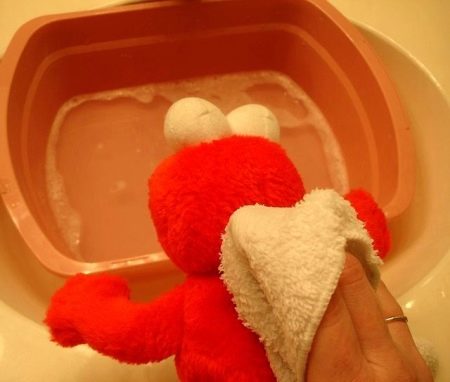
Washing rules in an automatic machine
If the toy pet has all the linings, is made of a special material, or has simply lived to a very respectable age, you should not put it in the washing machine. You have to decide for yourself whether he is able to survive the wash. Even if it looks sturdy enough, the possibility of some subsequent changes in its color and shape, as well as the loss of any details, cannot be ruled out.
So that later you do not have to deal with additional restoration of the toy, it is better to rid it of easily torn objects in advance (flimsy buttons, metal fasteners, etc.). Then all that remains is to place the item in the selected version of the washing bag (it is needed in case some part of the item falls off so as not to damage the machine) and send it to be washed.
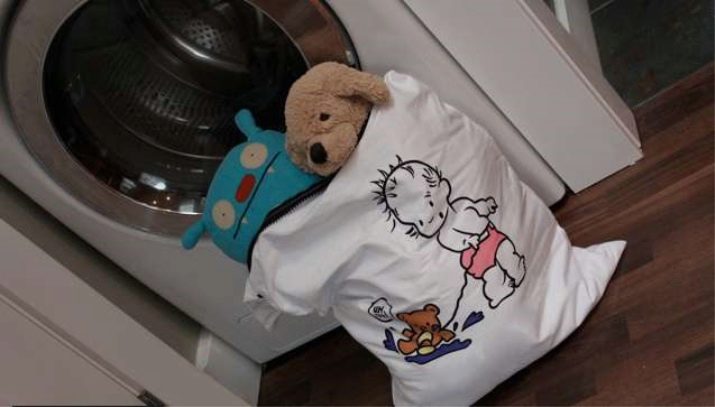
For small toys, the right solution would be to add, for example, towels, so that they soften the abrasion of the material on the walls of the drum.
Choice of means and mode
As you browse through the acceptable laundry options, watch out for the following types of funds:
- atural or baby powders;
- cleaning gels;
- shampoos;
- soft foam for the bathroom;
- bathing gels.
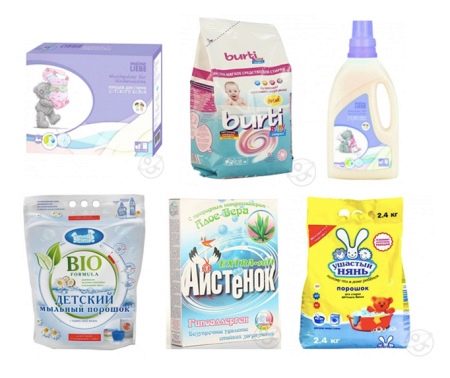
The mode depends entirely on the material of the toy. For example, a knitted woolen dog needs to be “bathed” with a washing program for woollens, a plush horse needs a gentle mode and a low temperature. If in doubt, you can always use a gentle wash. The temperature regime usually does not exceed 40 degrees, since otherwise the material may shrink noticeably, and the filler will completely deteriorate irretrievably. There may, of course, be cases of allowing a higher degree for the sake of absolute disinfection, but this happens rarely and is necessarily indicated on the product tag.
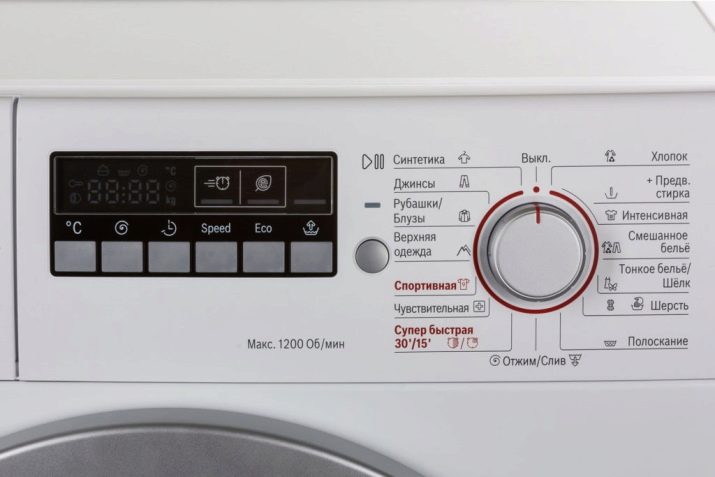
A reasonable approach would be to completely abandon "machine" pressing in favor of natural drying. But if the plush animal is truly resistant, it must be returned to its former life as soon as possible, a spinning maximum of 600 rpm will do.
If there is an additional rinse function, it will not be superfluous to turn it on, thereby completely eliminating the toy from the cleaning agent.
About drying
Having rid of the contents of the machine at the end of the process, it is better to immediately sort the toys, selecting those copies that have shed heavily after the first wash. This consequence clearly indicates that a poor quality dye was used in the manufacture. Such plush zoo dwellers should be replaced with better ones. Large toys are hung, for example, on a balcony, and dried in this state.
Knitted and other similar "animals" are treated differently: an exclusively horizontal position is acceptable for them, since wool and similar materials easily shrink and deform. This type of toy is usually wrapped in a towel, which should absorb moisture, and then sent to an ordinary clothes dryer. If, after drying, the fur of the animal has fallen off a little, this is quickly corrected with a toothpick, which will also remove the shreds.

Toys with polystyrene balls
A toy filled with such balls is considered one of the safest for a child. With the help of this filler, extremely pleasant, soothing tactile sensations are created, and the original shape of the product is perfectly preserved for a long time. Polystyrene does not like moisture and is not prone to the reproduction of microbes, but it attracts dust to itself, so you have to wash such a toy at least once or twice a year.
If the size of the product is not too large, it is better to place the toy in a specially designed washing cover, which can be replaced with an old pillowcase, and only then send it to the machine. RPM and temperature should be set at around 600 or 400. Additional rinsing and the use of a mild liquid detergent will do the trick. Subsequent drying should take place on a horizontal surface.
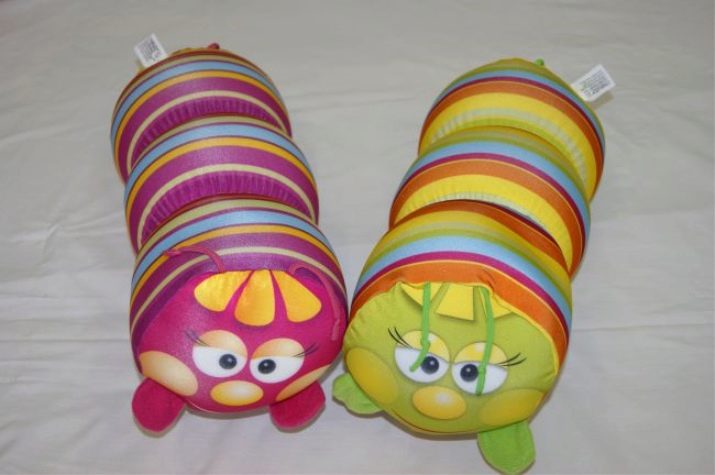
About musical
Talking and singing toys in the children's room also need to be washed well periodically. Such friends of kids will certainly need additional preparation, which takes place in several stages:
- groping for a case containing electronics;
- creating an incision along the seam in order to remove the mechanism;
- closing the incised area for subsequent washing in a suitable way.
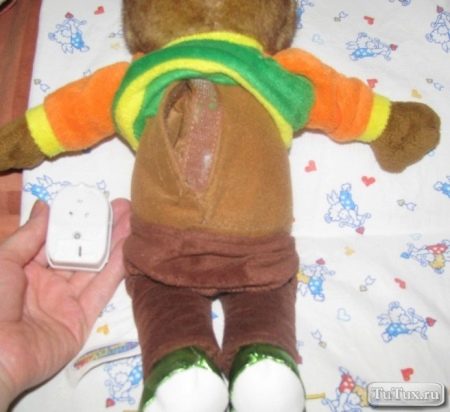
When the drying process is over, it remains to remove the threads and return the electronic structure to its rightful place, then sew up the toy using a manual method or a special machine. The presented option is the safest for this type of product. Along the way, if necessary, you can replace the batteries.
There is also an exception - "squeaky" toys, which must be pressed to hear the sound. You don't have to pull anything out of them, you should only take care of the sparing mode and low speed.

Cleaning toys
There are also quite capricious products that can withstand extremely dry cleaning, for which improvised means are used. However, for its effectiveness, the toy should not be overly neglected. This will not be difficult, and very little time is needed. A vacuum cleaner is perfect. With its help, it turns out to remove even the dust that has been accumulating for several years. But you should be extremely careful when using a vacuum cleaner, so as not to leave the toy accidentally without glued eyes and other similar elements. For this, the minimum power is turned on, a special nozzle is used, the purpose of which is to clean upholstered furniture.
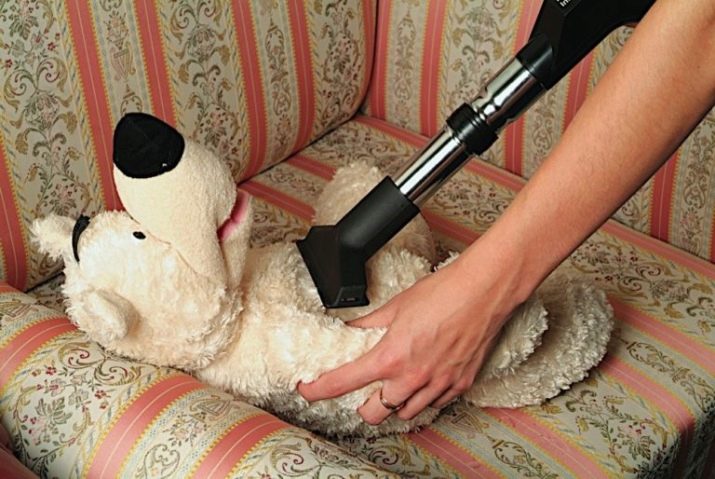
Another way is to use baking soda or starch. Here you will need a plastic bag, the volumes of which are better not to skimp on. A toy hero is placed in it, on which the selected substance is poured on top. It may take about 100 g of powder or more - it all depends on the dimensions of the contaminated product. The bag should be tied tightly and shaken thoroughly for several minutes. After that, it remains to remove the rest of the dust with any brush.
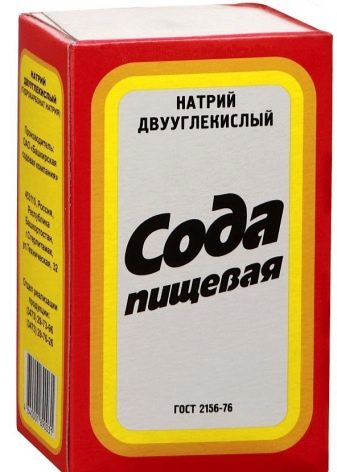
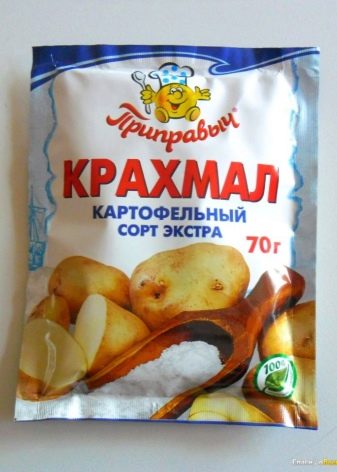
Cold cleansing
Despite their beauty and value, vintage toys and toys left over from grandmother's childhood probably have a whole horde of ticks. Having realized this, you should not rush to take them to the trash heap, because "cold" cleaning, that is, the most common severe cold, will help get rid of parasites. It is important to put the toy in a bag and only then put it in the freezer. refrigerator at night. At a suitable temperature and permissible size of the product, you can use the balcony, leaving the toy hanging there. Then you just need to brush the surface in order to get rid of the dust: and now the faithful plush friend is again ready to please with his presence.

For information on how to wash soft toys, see the next video.








